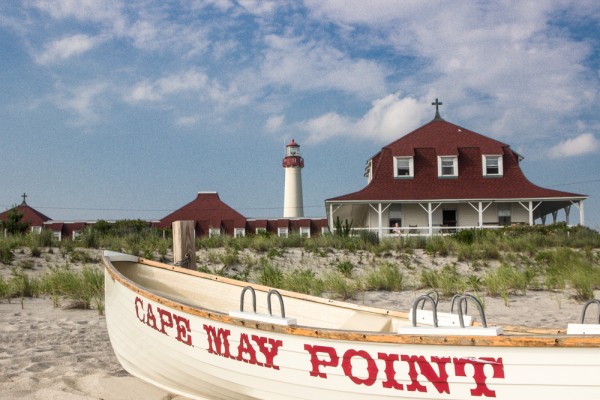The Sigma 17-70 F2.8-4.0 DC OS HSM | C is the first lens in the Contemporary line originally announced last September. This fast aperture standard zoom is a serious step up from the bundled kit zoom that covers a similar focal length.
Here’s why:
- For starters, it has a faster aperture at all focal lengths than your typical kit lens–F2.8 at 17mm, for shallower depth of field and faster shutter speeds.
- In fact, fully zoomed at 70mm it is still at F/4–just around a third- to a half-stop slower than the widest/fastest aperture on your typical kit lens, which is usually around F3.5-3.8 and slows to F5.6 or slower when zoomed!
- It offers 1:2.8 macro at 70mm for great close-up and detail work.
- In-the-lens Optical Stabilizer helps make sharp shots at slower shutter speeds without a tripod (Learn more about OS here.)
- Comes with a four year US Warranty.
- User customizable microfocus with the optional USB Dock.
- Overall stronger build quality than the typical kit lens, and each unit is individually hand tested for QC and optical performance at our one and only factory in Aizu, Japan.

This is a great grab-and-go lens, it truly is. Mounted on the APS-C cameras for which it is designed, it covers a range from about 27-110mm, wide angle to short tele, a very usable range for most everyday situations. A quick twist recomposes the scene to take in more of the surroundings, or to zoom in close on selected details. And between the faster apertures than the bundle kit competitors and the Optical Stabilizer switch, it’s a winner in lower-light situations.




As a variable aperture lens, it is very compact–just 3.2 inches long, and just a over a pound in weight. Paired with an APS-C DSLR, it is a small, yet mighty, picture-making machine. It’s the lens I’ve been keeping at the ready on the Rebel T3i for when my wife calls to me with “quick, grab a camera” because I know whatever she and my daughter are up to requiring a photo, indoors or out, it’s up to the task! The hypersonic motor is swift and unobtrusive-sounding, and the faster apertures help the autofocus sensors in the camera quickly lock onto target.


Another key advantage of the faster apertures at any given focal length over the typical kit is that this oftentimes allows you to choose to stay at lower ISOs for the best possible image quality for the situation in front of you.


Let’s get real for a minute here: If you’re shooting with an SLR instead of a phone, you’ve almost definitely made a conscious creative decision that the total quality of the images really matters to you. And the better the tools, the better the images. And yes, the desire for longer reach in a telephoto lens, or for an even wider field to take even more in, may lead you decide that the next lens you purchase is going to add longer or wider creativity to your kit. That’s totally and completely understandable.



Whatever you’re looking for in terms of reach, range, and budget, Sigma’s got a lot of lenses to choose from, we really do. But there’s a reason the typical kit lenses cover the range they do––it’s an incredibly versatile range for making a variety of pleasing types of photos, from landscapes to portraiture, and it is this range where most of your day to day photography of real life takes place. And this is why the 17-70, with its more durable build, four year warranty, and faster apertures is way more than a kit lens, even if the focal range is the virtually the same. Whenever you decide to step up in a standard zoom, this is a great option in terms of performance, price, and portability.

I can check out any lens in the entire Sigma catalog whenever I want, and I will tell you this: the Sigma 17-70mm F2.8-4.0 | C is the only lens I brought with me for a recent family outing to the Wildwood boardwalk, to my daughter’s third birthday party, and on other recent pop-up adventures.
I can’t make my point any clearer than that–I choose this lens for so many my most personal and meaningful shots.
Learn more about the Sigma Global Vision.
Read More about the Sigma 17-70mm F2.8-4.0 DC OS HSM | C lens.

Is the horizon in the Sandy Hook curved or just sloping? If it is curved it’s not very good for what is flagged as a somewhat special lens.
I currently own the Sigma 17-70mm f2.8-4.0 DC OS MACRO HSM and was wonderring if I can get the same results with this lens.
I would imagine that using your images as an example would give me my answer, but I thought I would ask anyway.